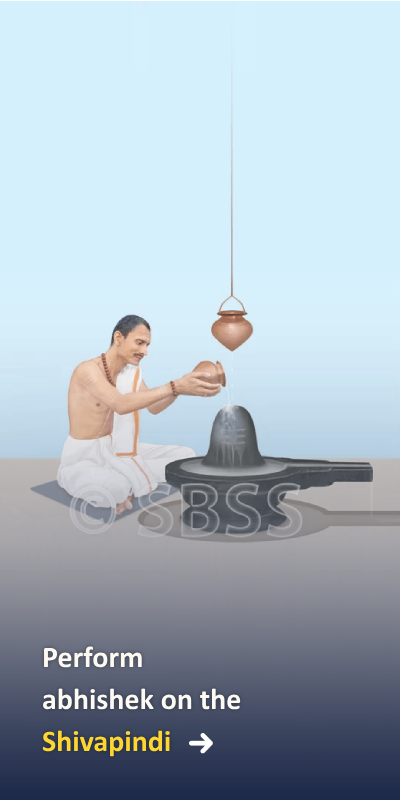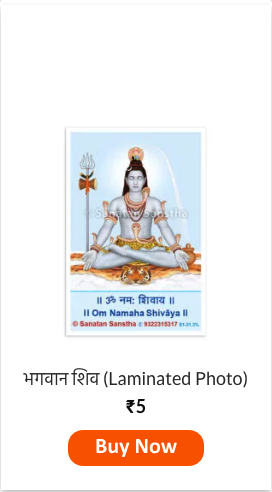


Om Namah Shivay
Sanatan Sanstha
When is Mahashivratri celebrated ?
Magha
Krishna
Chaturdashi
26th
February
2025
• Bhagwan Shiva’s rest lasting one prahar of the night, is called Mahashivratri
• In certain parts of India it is celebrated on Falgun Krishna Chaturdashi (Vikram Samvat)
• The time flies in the realm of Deities. So Bhagwan Shiva’s daily resting period comes once a year on Earth
।। ॐ नमः शिवाय ।।
When is Mahashivratri celebrated ?
Magha
Krishna Paksha
Chaturdashi
26th
February
2025

Bhagwan Shiva’s rest lasting one prahar of the night, is called Mahashivratri

In certain parts of India it is celebrated on Falgun Krishna Chaturdashi (Vikram Samvat)

The time flies in the realm of Deities. So Bhagwan Shiva’s daily resting period comes once a year on Earth
Importance of Mahashivratri

On the day of Mahashivratri, Shiva-tattva (Deity Shiva’s Principle) is a thousand times more active in the atmosphere as compared to the other days. To avail maximum spiritual benefit of the Shiva-tattva on this day, chant ।। Om Namah Shivay ।। and worship Deity Shiva with bhav (spiritual emotion). By obtaining more Shiva-tattva, we are protected from negative energies.
Importance of Mahashivratri

On the day of Mahashivratri, Shiva-tattva (Deity Shiva’s Principle) is a thousand times more active in the atmosphere as compared to the other days. To avail maximum spiritual benefit of the Shiva-tattva on this day, chant ।। Om Namah Shivay ।। and worship Deity Shiva with bhav (spiritual emotion). By obtaining more Shiva-tattva, we are protected from negative energies.

Visit a Shiva Temple!
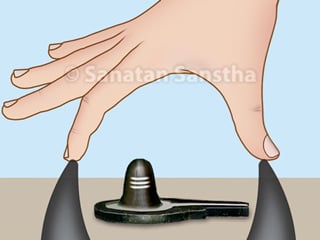
How to take darshan of Shivapindi ?
There is a vigraha of Nandi, Shiva’s vahana in front of the Shivpindi. First pay respects to Nandi, who will help you obtain darshan of the Shivpindi.
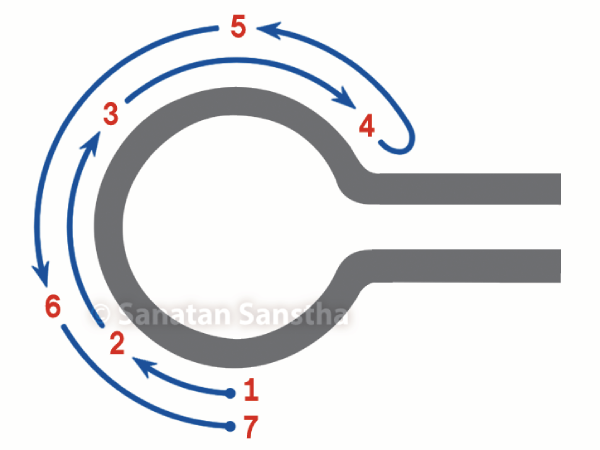
How to perform pradakshina around a Shivapindi ?
The path of pradakshina (circumambulation) around Deity Shiva or Shivapindi is shaped like a crescent moon and not a complete circle.
Visit a Shiva Temple!

How to take darshan of Shivapindi?
There is a vigraha of Nandi, Shiva’s vahana in front of the Shivpindi. First pay respects to Nandi, who will help you obtain darshan of the Shivpindi.

How to perform pradakshina around a Shivapindi?
The path of pradakshina (circumambulation) around Deity Shiva or Shivapindi is shaped like a crescent moon and not a complete circle.
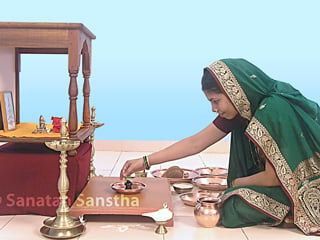
Mahashivratri Vrat
Three things to follow to please Mahadev
• Fast
• Remain Awake
• Offer Worship
To read the rest, click the button below
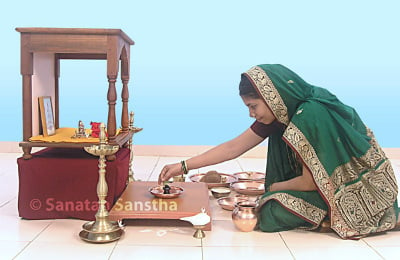
Mahashivratri Vrat
Fasting, worship and remaining awake the whole night are the three aspects of this vrat.
‘On the day of Mahashivratri, Deity Shiva is also offered mango blossoms.’ – Gurudev Dr. Kateswamiji
Do this on Mahashivratri
Do this on Mahashivratri!
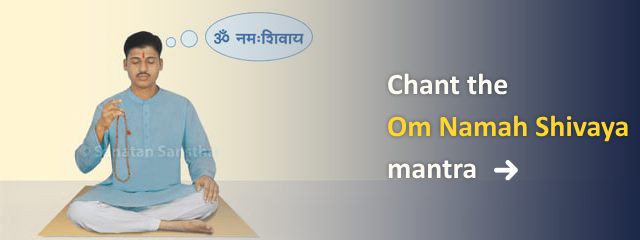
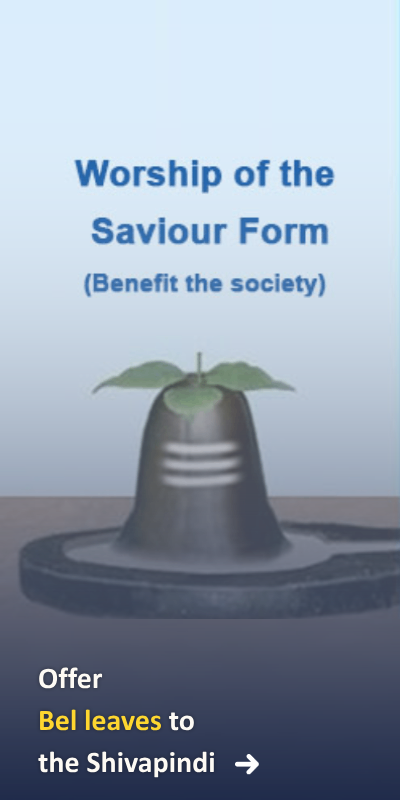

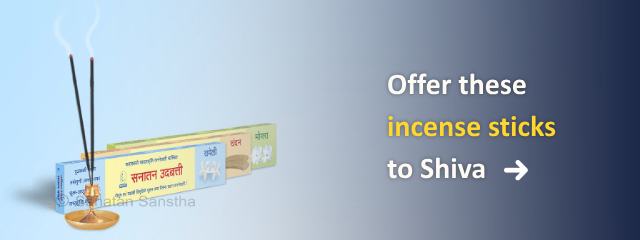






Shop Now

